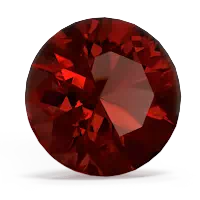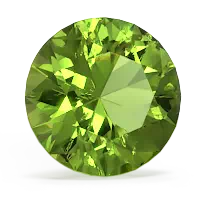


Garnets have ancient connections with feminine life force. A garnet pendant worn close to the heart is said to promote balance and peace of mind. Emerald is associated with Venus, the Greek goddess of love and beauty. They say an emerald pendant can protect lovers from unfaithfulness. Legends say that wearing a peridot pendant can bring happiness and contentment. Set in gold and surrounded with diamonds, the power of a peridot is said to intensify.